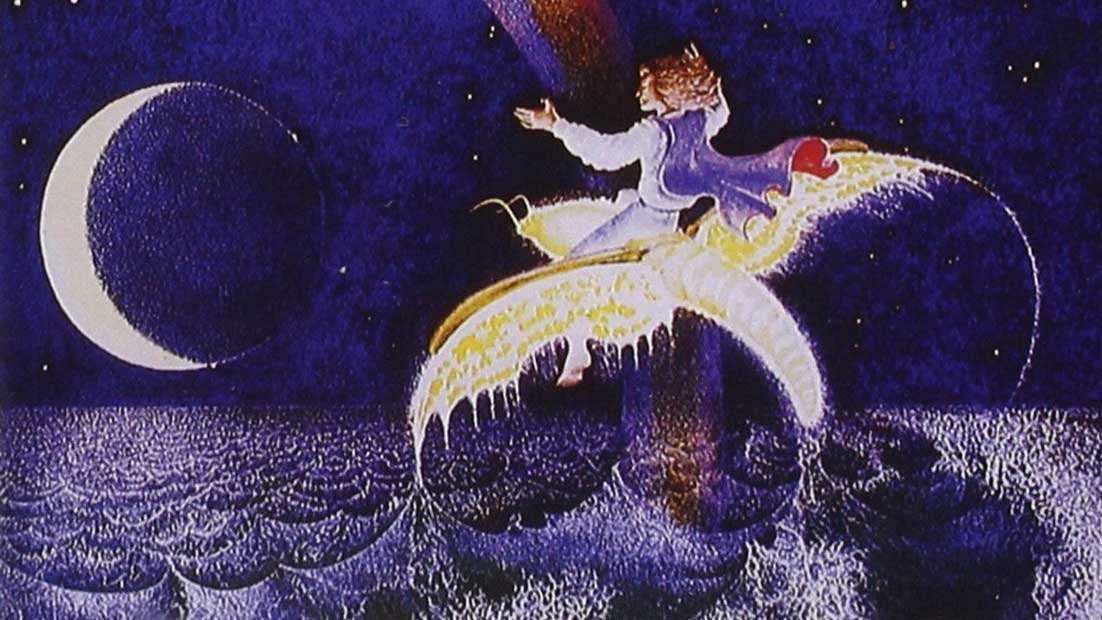Uriah Heep's first album after the controversial dismissal of vocalist David Byron, ‘Firefly’ ushered newcomer John Lawton into the band. Tough times were ahead for Heep, and despite containing a rare British hit single for the band in Wise Man, Firefly (given a deluxe edition reissue facelift in 2004) was their first release to fall short of the UK chart in five years. Tellingly, artist Martin White was given a less than detailed brief when commissioned to design its sleeve.
“It was definitely a bit vague, but the picture is my visualisation of what I thought they wanted,” White said. “I think I was given the album’s title track to listen to. The bloke riding the firefly on the front was a pure invention. The people at Bronze Records were pleased because they thought it looked like Ken Hensley. The girl on the back was actually my partner at the time.”
“The album’s title track was written in New Jersey while I was still married [to Pat],” Hensley explained in 2004. “It was at a barbecue in her parents’ back garden that I first saw a beautiful firefly. It inspired the song, and I think the lyric inspired the cover illustration.”

Uriah Heep approved of White’s design, which was later used on a backdrop for their show at The Rainbow in London. White subsequently gave up a family holiday in order to work on the band’s eventual follow-up, Innocent Victim.
“All I had was the working title Inside The Mystery,” he recalled. “I thought that the biggest mystery of all was life itself. So I came up with a huge organic vault of symbols – strange, cabalistic graphics like pentangles, ankhs [Egyptian symbols of life] and things. But by then they’d changed the album title and it didn’t work any more.
"I demanded a huge rejection fee, reminding them that I’d completed the picture on time and as agreed. They paid, but they didn’t like it. As part of the deal they kept the picture. I never worked with them again."
This feature originally appeared in Classic Rock 69, in August 2004.

